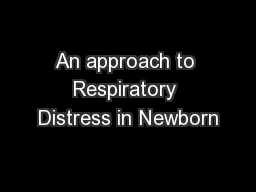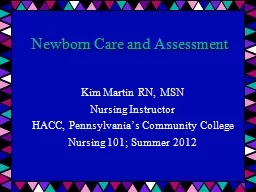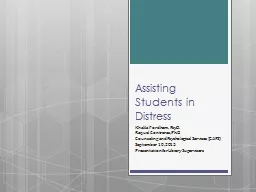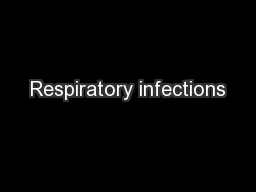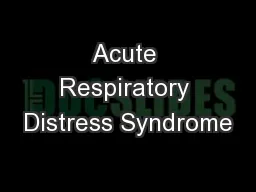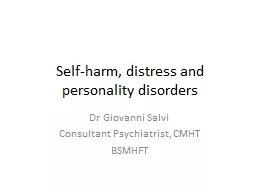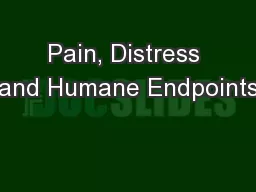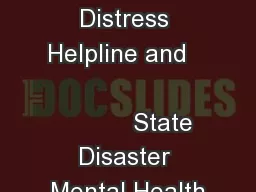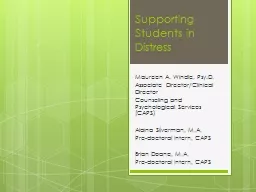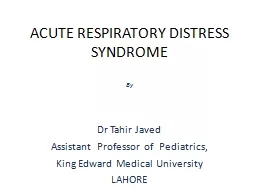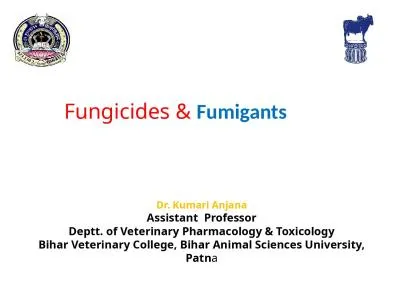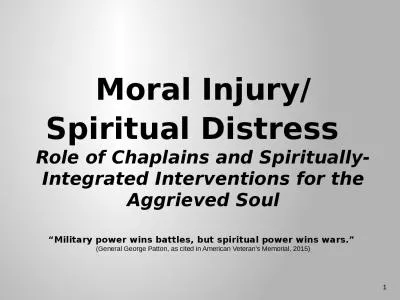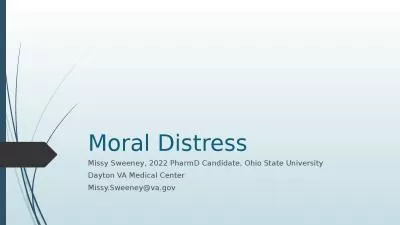PPT-An approach to Respiratory Distress in Newborn
Author : stefany-barnette | Published Date : 2018-11-01
By Goh Kiam Seong HTAR Klang 2011 Plan Introduction Causes and Classification Respiratory Distress Signs Evaluation and Investigation General Management Introduction
Presentation Embed Code
Download Presentation
Download Presentation The PPT/PDF document "An approach to Respiratory Distress in N..." is the property of its rightful owner. Permission is granted to download and print the materials on this website for personal, non-commercial use only, and to display it on your personal computer provided you do not modify the materials and that you retain all copyright notices contained in the materials. By downloading content from our website, you accept the terms of this agreement.
An approach to Respiratory Distress in Newborn: Transcript
Download Rules Of Document
"An approach to Respiratory Distress in Newborn"The content belongs to its owner. You may download and print it for personal use, without modification, and keep all copyright notices. By downloading, you agree to these terms.
Related Documents

